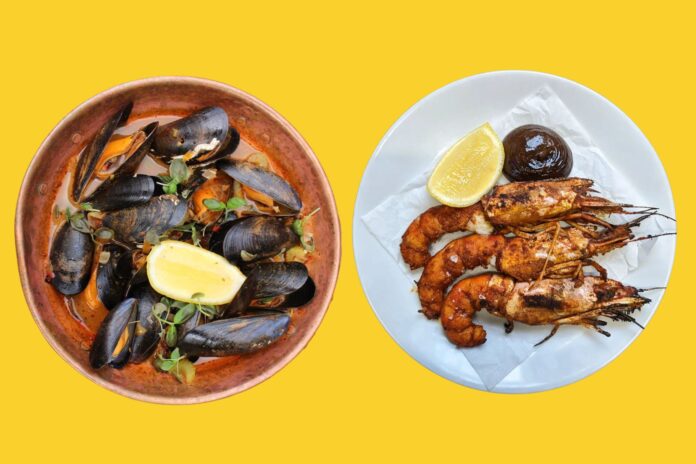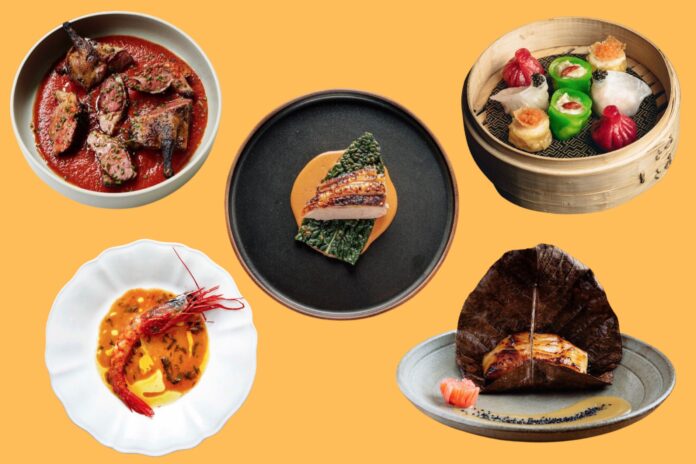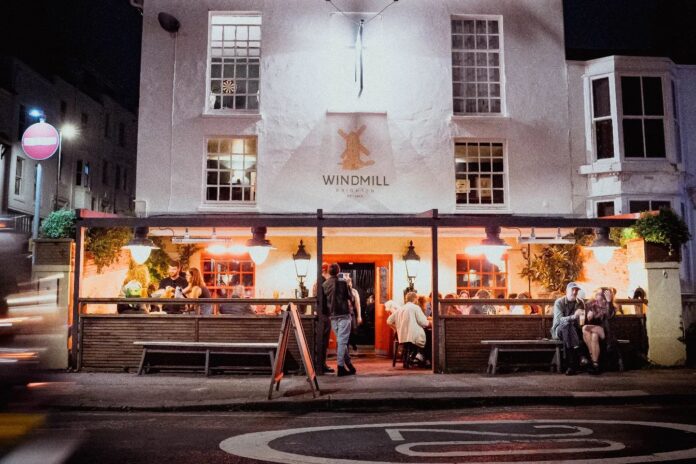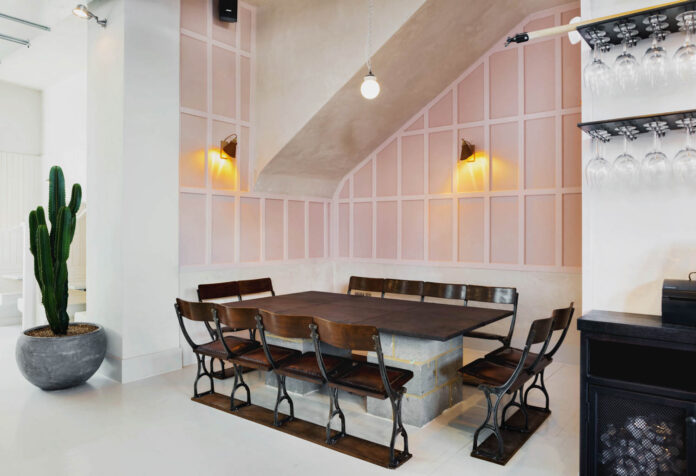Let’s put things bluntly; Mexico City doesn’t mess about. Within hours of arriving, you’ll fall completely under its spell – if you know how to navigate it properly, that is. If you don’t, you’ll be on the way to Pantitlán, wondering how you got there and never quite knowing how to leave.
The difference between feeling overwhelmed and feeling like a local comes down to understanding how this magnificent city actually works. With 22 million people and endless energy, Mexico City operates on very specific rules, and once you learn them. Here’s how to navigate the capital like a chilango.
Master The Metro Like A Local
Mexico City’s Metro isn’t just transportation – it’s a cultural experience that reveals the city’s ingenious design. Each station has a unique symbol because the system was designed when literacy rates were lower. Learn key symbols: Bellas Artes (palace icon), Insurgentes (rebel head), Coyoacán (coyote). During rush hours (7-9 AM, 6-8 PM), women-only cars marked ‘SOLO MUJERES’ provide safer, less crowded travel. Buy a rechargeable Metro card for 15 pesos, then load it with credit – individual tickets slow you down and mark you as a tourist.
Rush hour in Mexico City requires tactical thinking. Avoid Lines 1, 2, and 3 during rush hour unless absolutely necessary. Instead, use the Metrobús system along Reforma and Insurgentes – dedicated bus lanes move faster than car traffic during peak times. The golden rule: if you’re traveling north-south, take Metrobús Line 1 along Insurgentes. For east-west movement, Metro Line 1 remains your best option despite crowds.
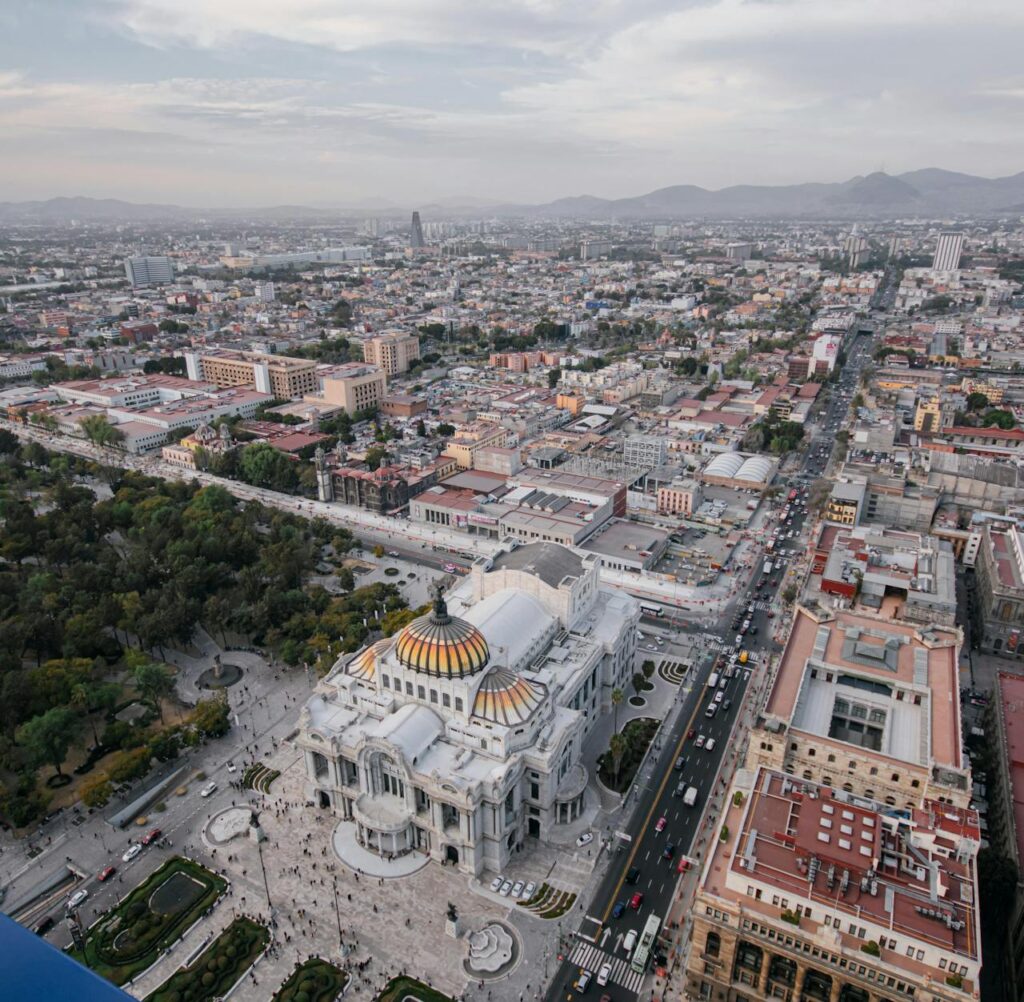
Stay Connected In The Concrete Jungle
Mexico City spans an enormous area, and you’ll want reliable internet to make the most of this massive metropolis. Set up an eSIM in Mexico before you arrive – download your data plan while still on your home network, then activate it the moment you land at Benito Juárez International Airport.
With instant connectivity, you can navigate the Metro system, translate menus in hole-in-the-wall taquerías, and call an Uber when you’re ready to move on to your next adventure. In a city packed with incredible experiences around every corner, staying connected helps you discover gems you might otherwise miss.
Unlock Neighbourhood Secrets
Everyone photographs the colourful buildings on Álvaro Obregón in Roma Norte, but the neighbourhood’s real treasures hide on quieter side streets. Mercado Medellín, tucked between Roma Norte and Doctores, serves Mexico City’s best tacos árabes – a Lebanese-Mexican fusion born from 1940s immigration. The vendors at Taquería Álvaro Obregón (not the famous street, but the small taquería near Parque México) have been perfecting their al pastor recipe for three generations. Arrive Tuesday through Thursday for the freshest ingredients and smallest crowds.
Frida Kahlo’s Casa Azul draws massive weekend crowds, but timing your visit right transforms the experience completely. Visit Tuesday or Wednesday mornings for intimate viewing and better photo opportunities. Or, even better, Coyoacán’s evening magic happens after 6 PM when day-trippers depart. Families emerge for evening strolls, street musicians claim corners, and the plaza transforms into a community gathering space where children play futbol while parents share stories over café de olla.
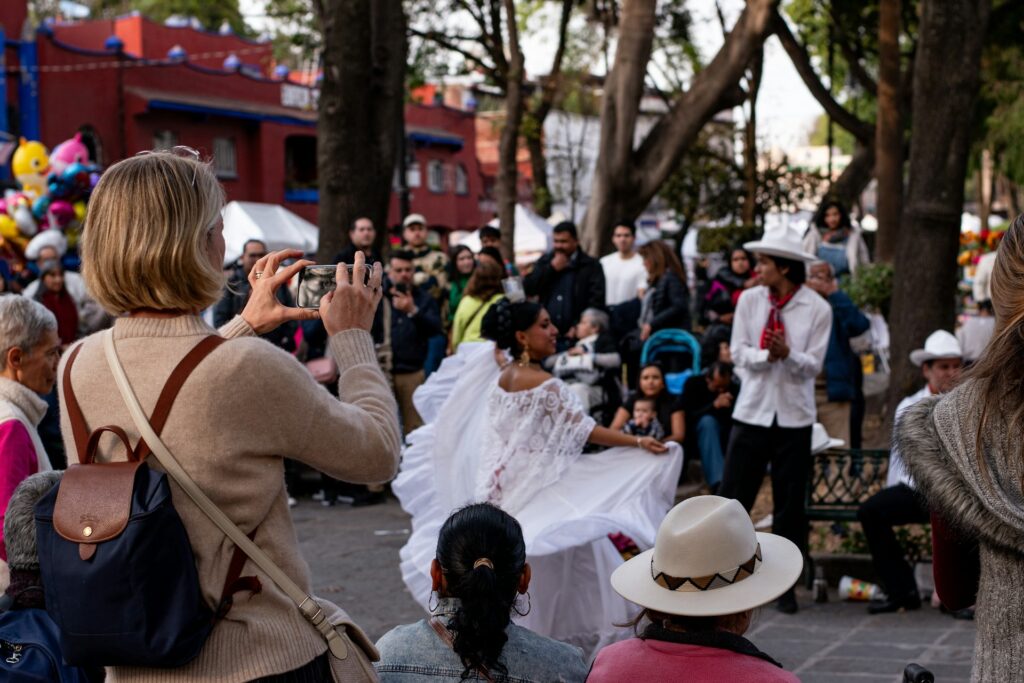
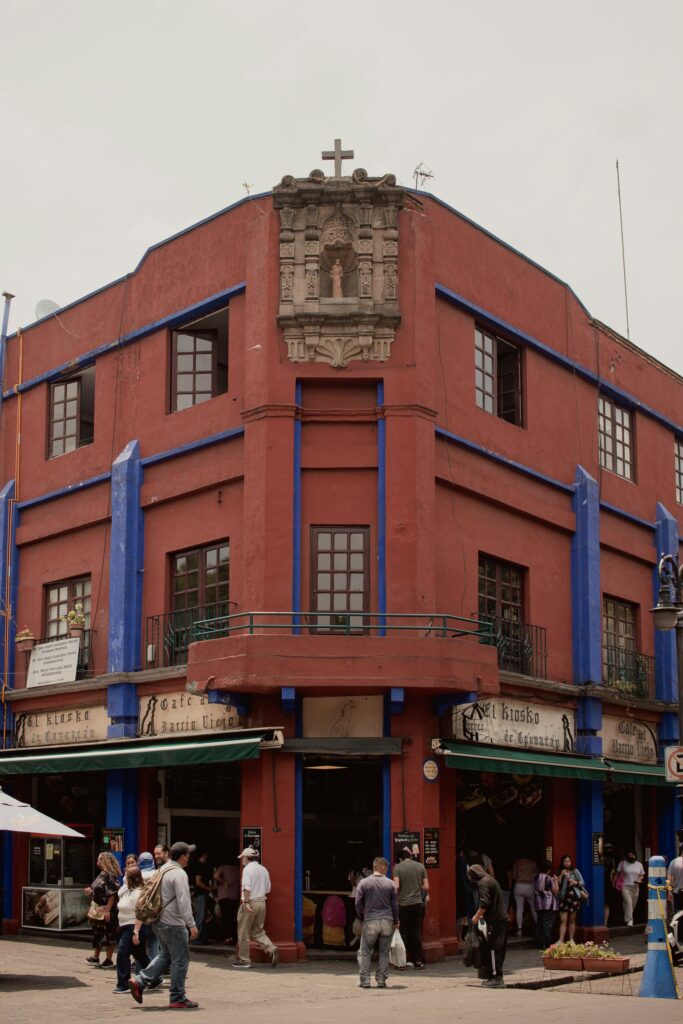
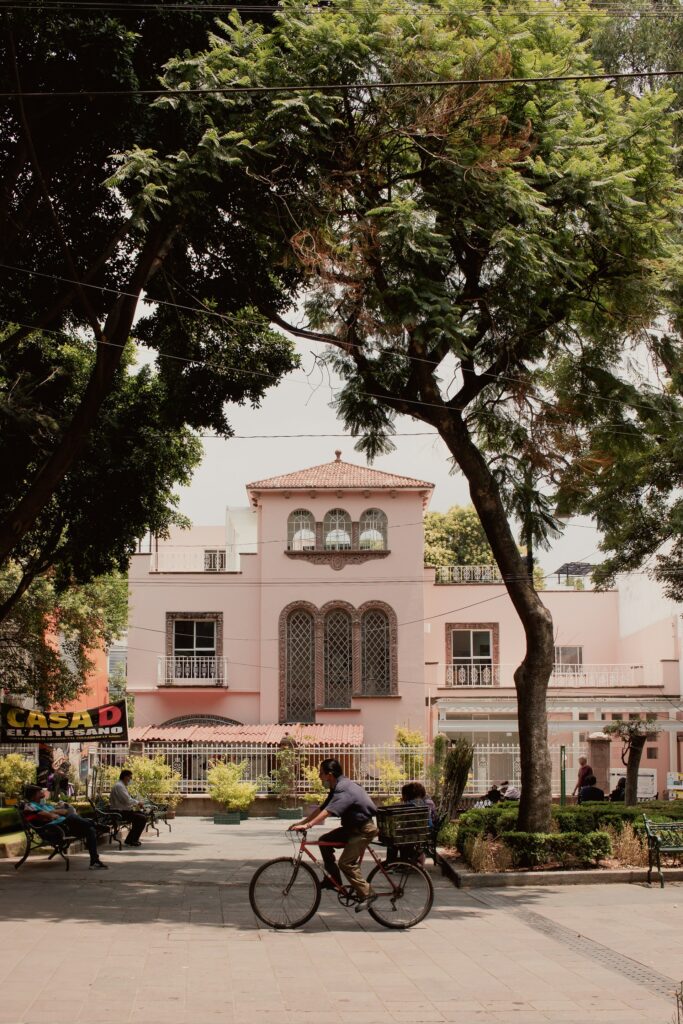
Eat Like You Live In The Capital
Mercado de San Juan gets tourist guidebook fame, but residents have different morning market strategies that reveal the city’s authentic food culture. At Mercado de Jamaica, order huevos divorciados (eggs “divorced” with different salsas) at the tiny counter near the flower section – locals line up here before 8 AM for Mexico City’s best chilaquiles. The vendors know your order by your third visit.
Street food in Mexico City follows unwritten rules that would be impossible to learn on a single trip, but as a general rule, look for stands with constant turnover – tacos should be assembled fresh, not sitting under heat lamps. Steam rising from comal griddles indicates fresh tortillas. The best al pastor comes from trompos (vertical spits) that rotate constantly, not those sitting idle.
Cantina culture in Mexico City operates on centuries-old traditions that reward those who understand the etiquette. Traditional cantinas serve free botanas (small plates) with every drink order – but etiquette matters. Order beer or traditional cocktails like micheladas; asking for cocktails with premium liquor brands marks you as an outsider. La Coyoacana in Coyoacán and Salón Corona in Centro Histórico represent authentic cantina culture where three generations drink together and mariachi musicians play requests for tips.
Read: The best Mexican restaurants in London
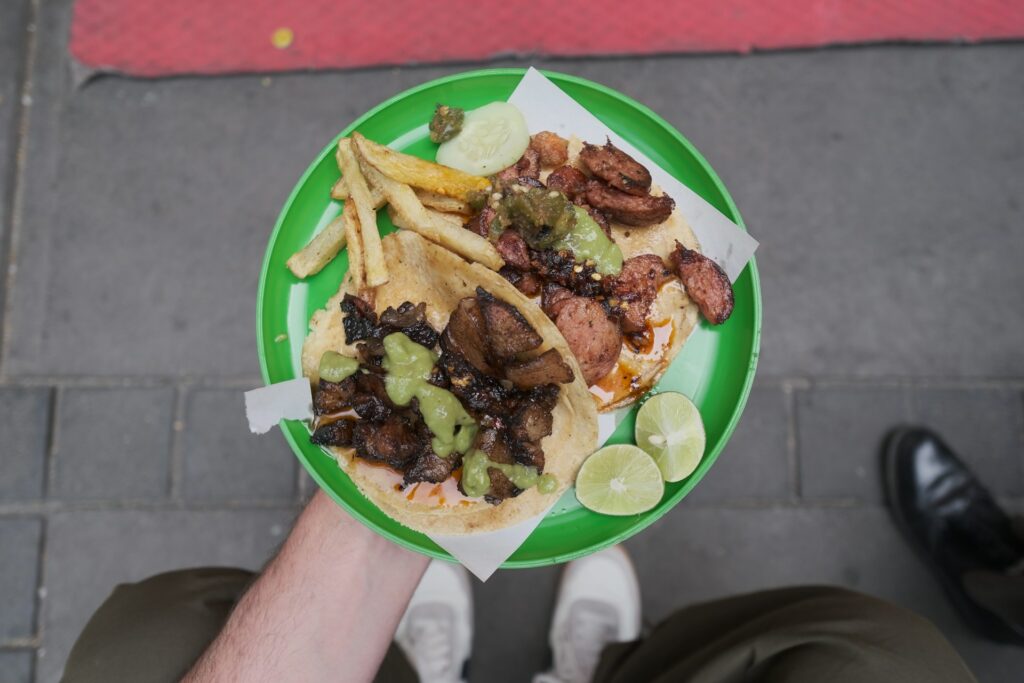
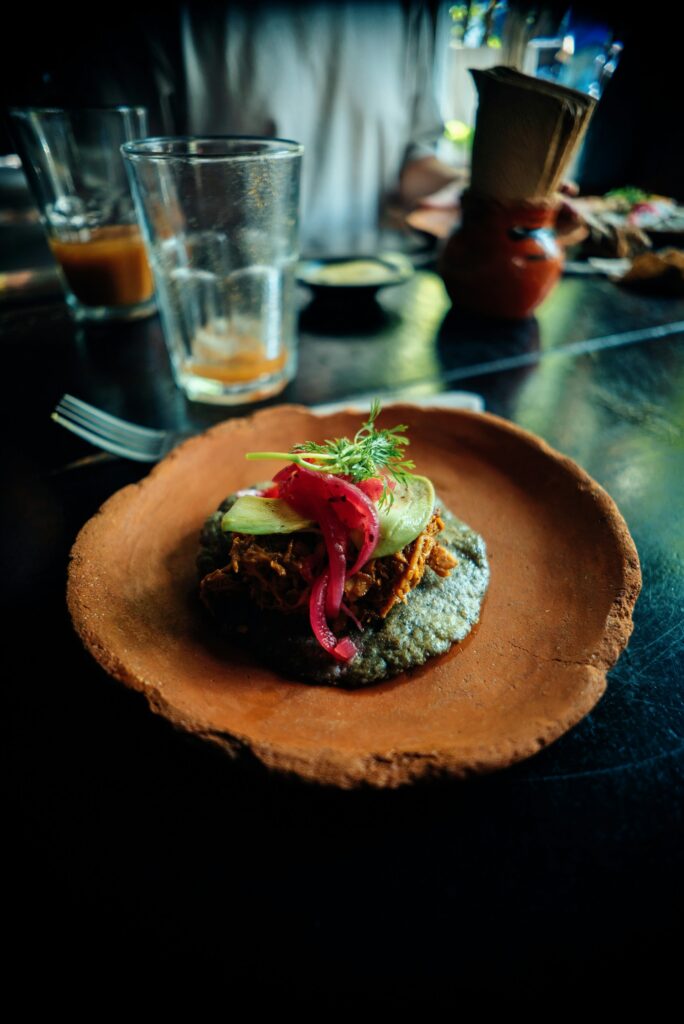
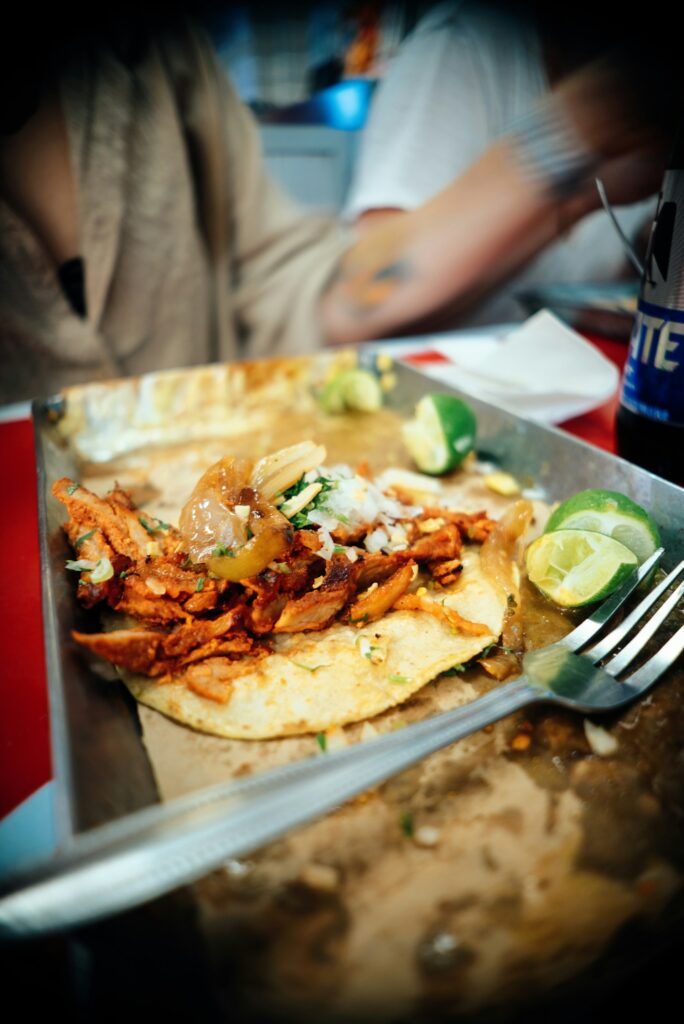

Museum & Cultural Site Mastery
The National Museum of Anthropology receives millions of visitors annually, but strategic timing reveals a completely different experience. Sunday’s free admission for Mexican nationals creates impossible crowds. Visit Thursday evenings when the museum stays open until 8 PM – arrive after 6 PM for golden hour lighting in the outdoor courtyards and rooms that echo with your footsteps instead of tour group chatter. The Aztec Calendar Stone gets all the attention, but you might prefer spending time in the Maya hall’s jade collection and the ethnography section showcasing contemporary indigenous cultures.
Most visitors rush through Templo Mayor as part of a Centro Histórico checklist, missing the site’s profound impact when experienced thoughtfully. The optimal experience happens during weekday mornings (9-11 AM) when school groups haven’t arrived yet. The museum section provides crucial context for understanding the ruins – visit the museum first, then explore the archaeological site with newfound appreciation for Aztec engineering.
Navigate Altitude & Weather Like A Chilango
Mexico City sits higher than Denver at 7,350 feet, so a bit of preparation ensures you feel your best from day one. Arrive in the evening so you sleep through initial altitude symptoms.
Consider limiting alcohol your first 24 hours – altitude and dehydration don’t mix well, so pace yourself as you adjust. Drink electrolyte solutions rather than just water, and don’t plan intensive walking tours your first day. Afternoon thunderstorms between June and September arrive punctually around 4 PM – carry an umbrella and plan indoor activities for late afternoon.

Shopping & Market Navigation
Traditional markets in Mexico City operate on rhythms that savvy shoppers learn to navigate for the best selection and prices. Wednesday through Friday offer peak selection at traditional markets. Arrive between 9-11 AM when vendors have full inventory but aren’t overwhelmed with customers. For handicrafts at Mercado de Artesanías La Ciudadela, visit late afternoon (4-6 PM) when vendors negotiate more freely. At Mercado de Sonora (the witchcraft market), morning visits reveal the most interesting vendors before tourist groups arrive.
Shopping in Mexico City reveals stark contrasts between neighbourhoods – understanding these differences helps you find exactly what you’re seeking. Polanco’s luxury malls cater to international brands, but the best Mexican design happens in Roma Norte’s independent boutiques along Álvaro Obregón and Orizaba streets. For authentic Mexican crafts without tourist markup, explore the shops surrounding Parque México where local designers sell directly to neighborhood residents.
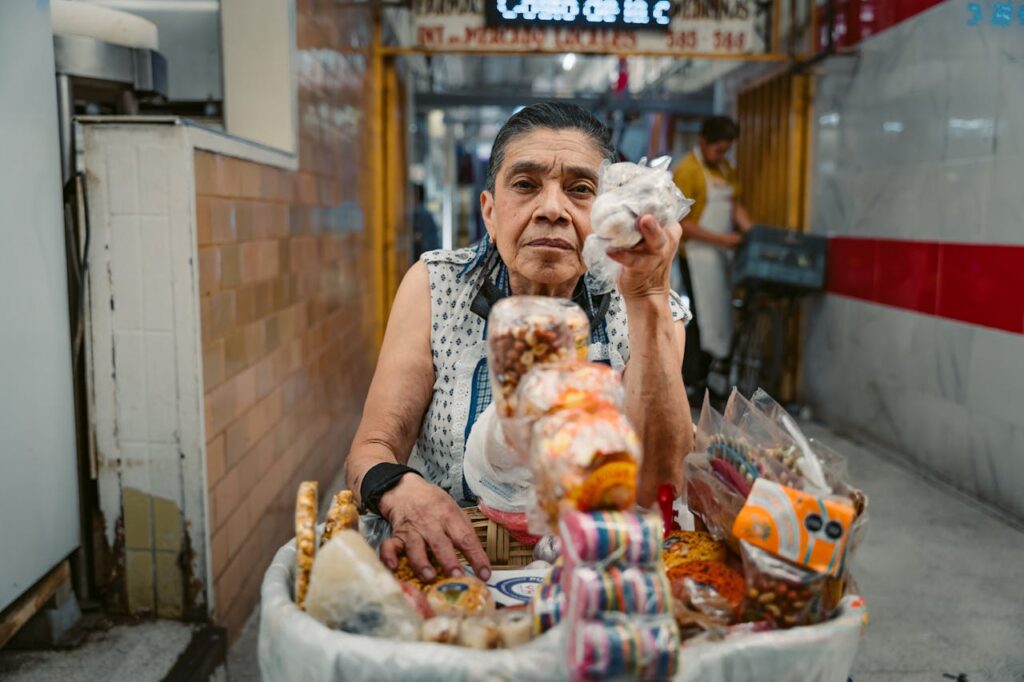
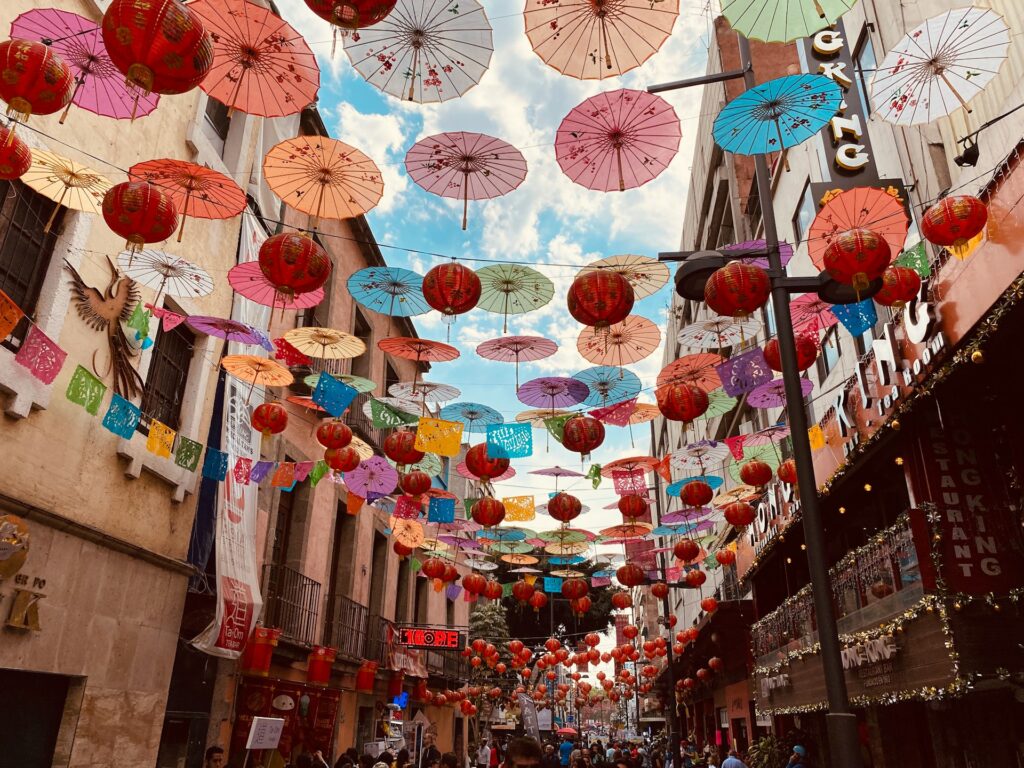
Transportation Beyond The Metro
Ride-hailing apps work brilliantly in Mexico City and Uber operates reliably throughout the city. At busy locations like Bellas Artes or Zócalo, walk two blocks away from major attractions for faster pickup times and avoid surge pricing. For airport runs, book Uber from Terminal 1’s departures level (one floor up from arrivals) to skip the chaos downstairs. Traditional taxis require negotiation before getting in – agree on prices upfront, especially for trips to tourist destinations.
Mexico City’s bike share system, Ecobici, transforms how you experience the capital’s most walkable neighbourhoods. The system works brilliantly for short trips between Roma Norte, Condesa, and Centro Histórico. Stations cluster around major parks and Metro stops. Weekend mornings offer the best cycling experience when Paseo de la Reforma closes to cars (7 AM-2 PM Sundays). Download the Ecobici app and register with a credit card – tourist daily passes cost 109 pesos and include unlimited 45-minute rides.
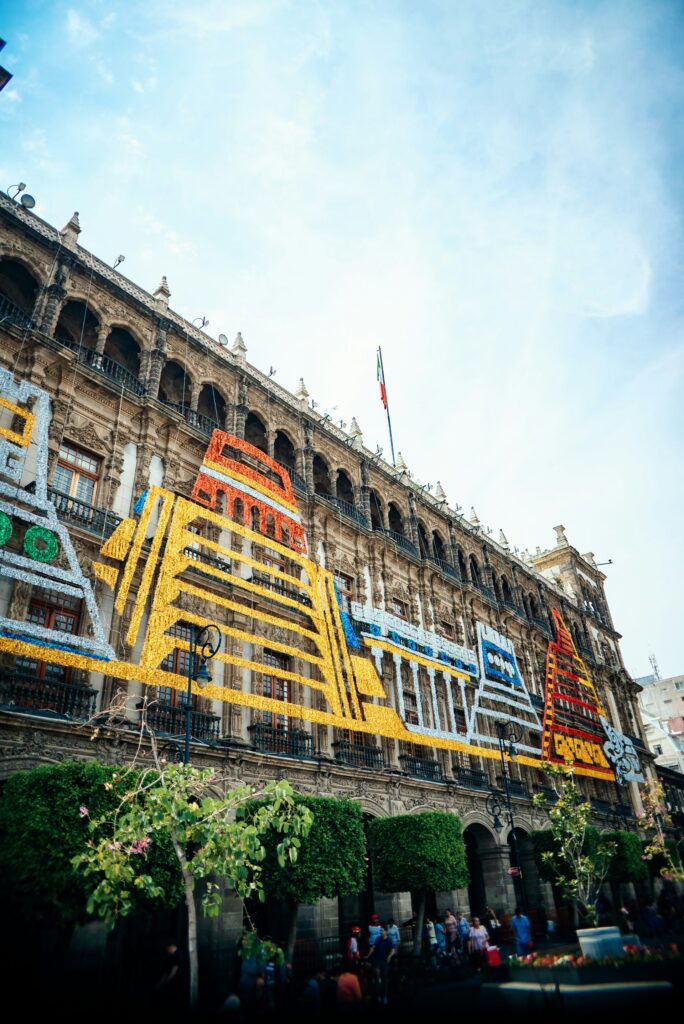
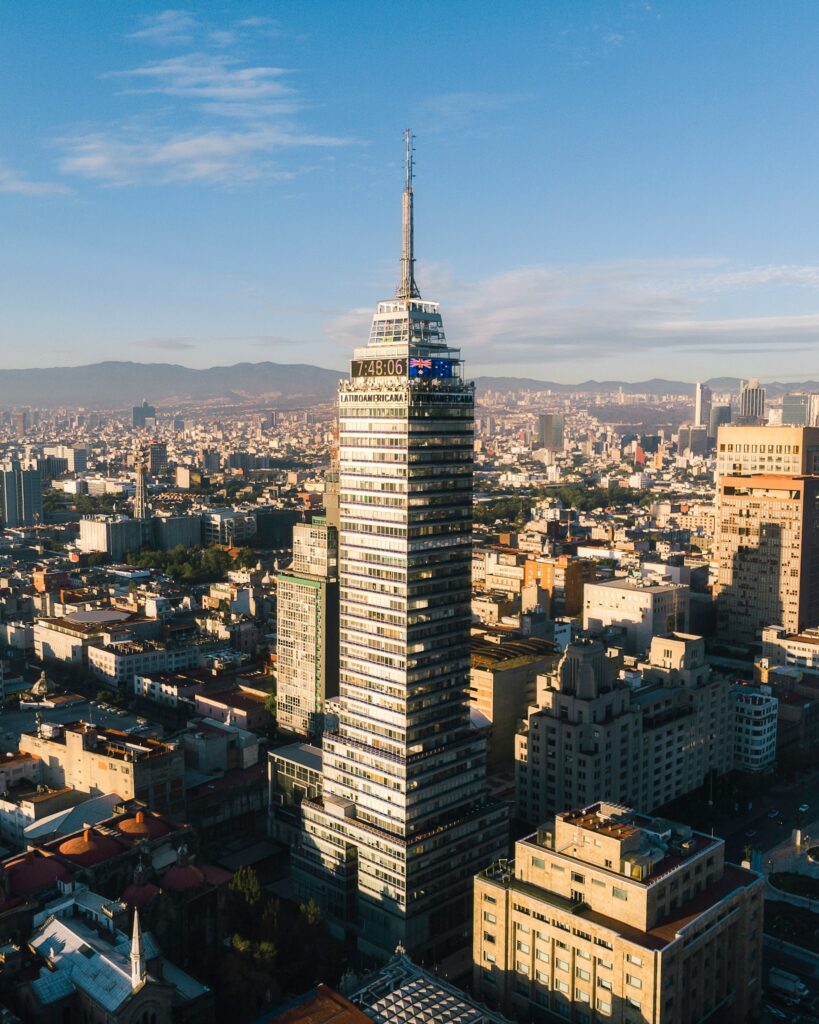
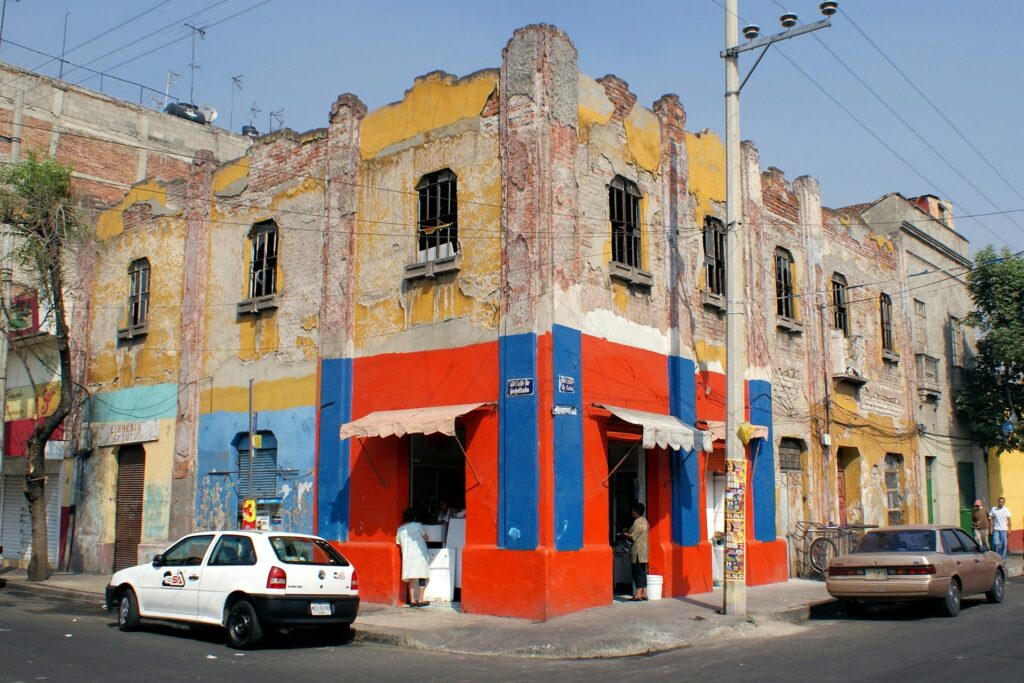

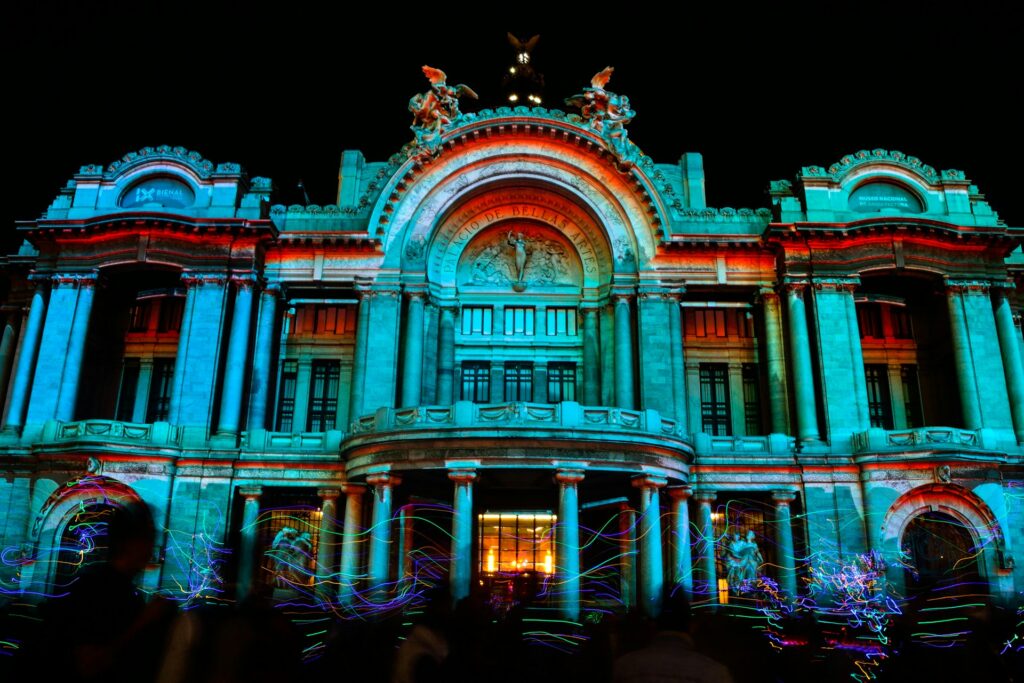
Evening & Nightlife Smarts
Mexico City’s nightlife scene varies dramatically by neighbourhood. Zona Rosa attracts tourists with familiar bar chains, but Roma Norte’s craft cocktail scene is arguably more interesting. Licorería Limantour consistently ranks among the world’s best bars, but reservations require advance planning. For spontaneous nights, explore the bars along Álvaro Obregón where mixologists experiment with mezcal and local ingredients. In Condesa, rooftop bars along Amsterdam offer city views without tourist prices.
Understanding Mexico City’s neighbourhood dynamics after dark helps you navigate confidently and safely throughout the capital. Mexico City’s neighbourhoods have distinct safety profiles that change after dark. Roma Norte and Condesa remain safe for walking until midnight, but always use Uber or official taxis after dark in Centro Histórico.
The Bottom Line
Mexico City rewards those who dig deeper than surface attractions. With these insider strategies, you’re equipped to discover the capital – where every neighbourhood tells a different story, every meal connects you to centuries of culture, and every moment contributes to understanding one of the world’s great megacities.
Tulum next? We’re right there with you, lurking in your suitcase, ready to jump out…

